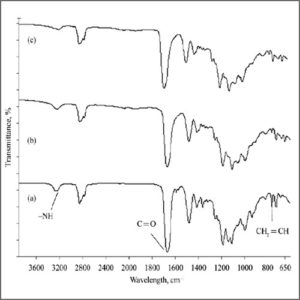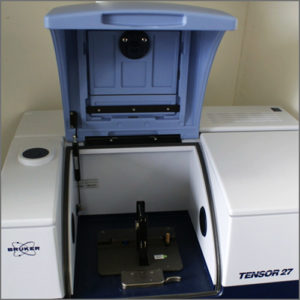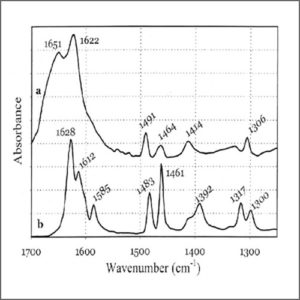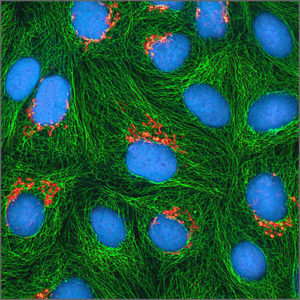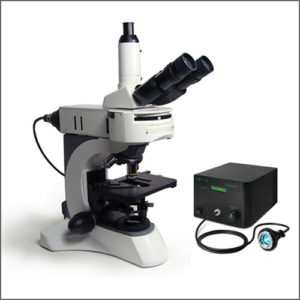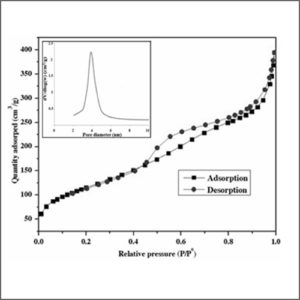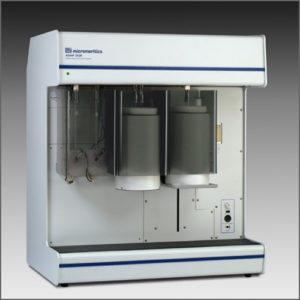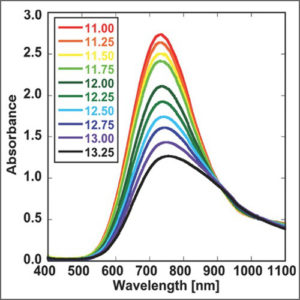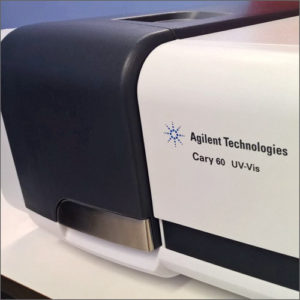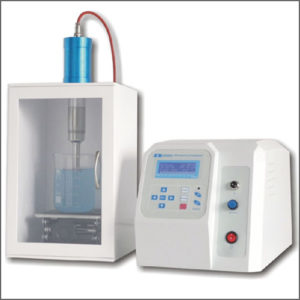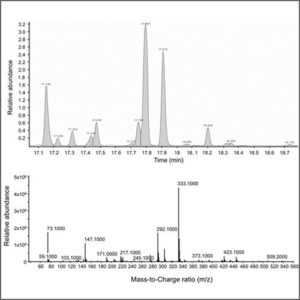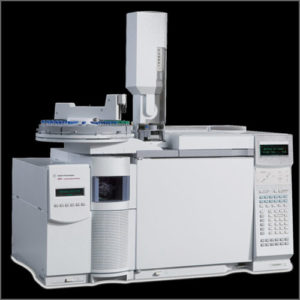Fourier Transform Infrarred Spectroscopy (FTIR)
Fourier Transform-Infrared Spectroscopy (FTIR) is an analytical technique used to identify organic (and in some cases inorganic) materials.
- Description
| Testing Method | Fourier Transform Infrared spectroscopy (FTIR) |
| Description |
Fourier transform infrared spectroscopy (FTIR) is a technique which is used to obtain an infrared spectrum of absorption or emission of a solid or liquid. An FTIR spectrometer simultaneously collects high spectral resolution data over a wide spectral range. In this technique, infrared radiation enters a sample. Some of the IR radiation is transmitted, while some is absorbed. The spectrum that results from this molecular transmission and absorption creates sample “fingerprints” from which substances may be identified.
The infrared portion of the electromagnetic spectrum is usually divided into three regions; the near-, mid- and far- infrared, named for their relation to the visible spectrum. The higher-energy near-IR, approximately 14000–4000 cm^−1 (0.8–2.5 μm wavelength) can excite overtone or harmonic vibrations. The mid-infrared, approximately 4000–400 cm^−1 (2.5–25 μm) may be used to study the fundamental vibrations and associated rotational-vibrational structure. The far-infrared, approximately 400–10 cm^−1 (25–1000 μm), lying adjacent to the microwave region, has low energy and may be used for rotational spectroscopy. The names and classifications of these subregions are conventions, and are only loosely based on the relative molecular or electromagnetic properties.
Fourier transform infrared spectroscopy is helpful in the qualitative and quantitative analysis of both organic and inorganic samples. In terms of material or product analysis, corrosion control and other functions, it can determine:
(1) Unknown materials (2) Existence of a certain component within a mixture (3) Consistency and quality of a given sample
When testing a material, the infrared spectrum corresponds to a sample fingerprint with absorption peaks that match up to the vibration frequencies between atom bonds that compose the material under analysis.
Since every material has a distinct atom combination, it is impossible to generate the same infrared spectrum in two compounds. Thus, FTIR can provide positive determination results for each type of material, especially with the aid of modern algorithm software. |
| More Information | Wikipedia: Fourier Transform Infrared spectroscopy |

